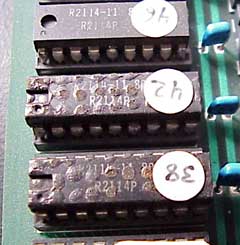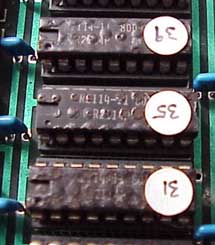For low cost prototypes or low to medium volume production, Rockwell offers an extended family of board level
"blue collar" products, easy to design-in and implement.
The AIM 65 (R6500 based Advanced Interactive Microcomputer) is an under $500 microcomputer, complete with keyboard,
display and hard copy printer. It has extensive options, many interfaces and expansion capabilities.
The AIM 65 is also a mini-development system at the price of most evaluation boards. In addition to bare board
blue-coller versions, the AIM 65 is available in an enclosure, complete with power supply, for use as a
desk top computer.
Whatever your application, for a learning tool, evaluation system, or industrial controller, a blue-collar
AIM 65 is an economical solution.
|
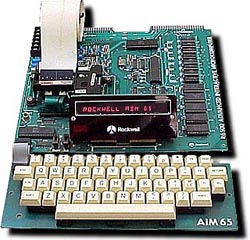

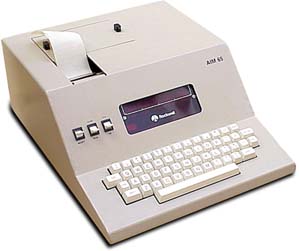
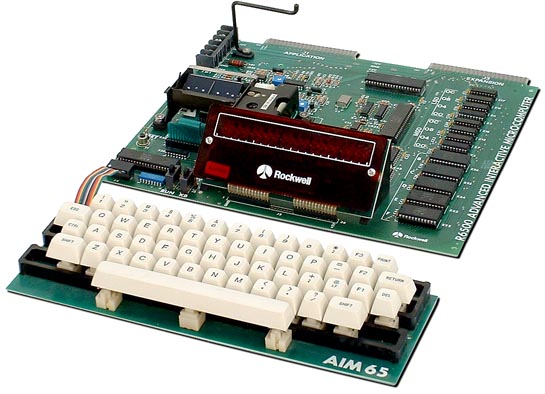
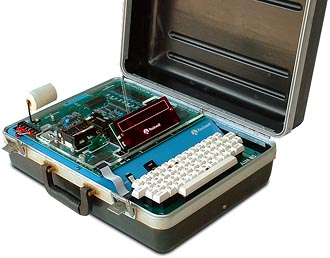
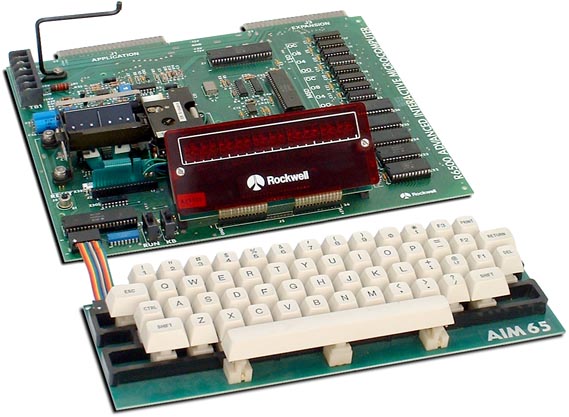
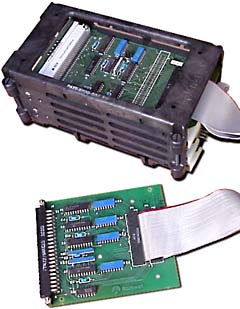
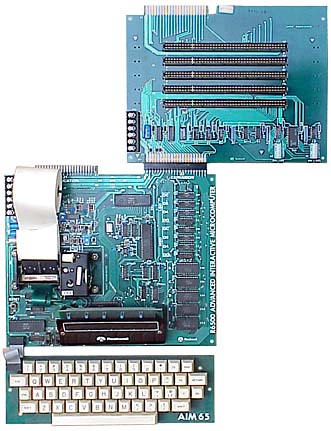 To the left, you can see another external expansion board for the AIM.
To the left, you can see another external expansion board for the AIM.
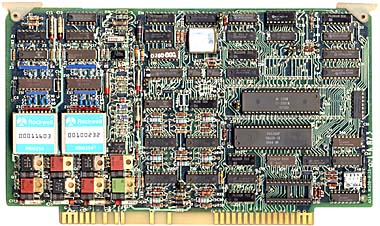
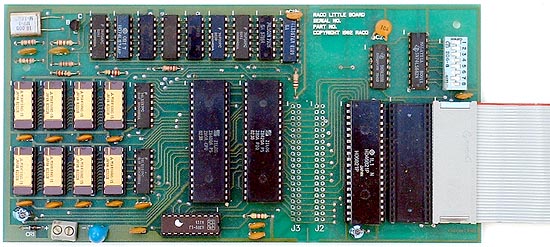
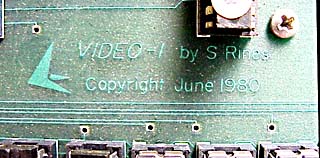 The following AIM 65 was used by a Rockwell engineer, and it has been expanded beyond its original configuration.
The following AIM 65 was used by a Rockwell engineer, and it has been expanded beyond its original configuration.
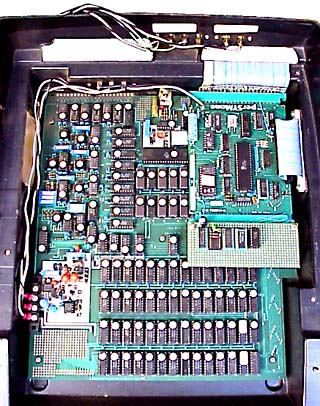 More than just a video card, it offers:
More than just a video card, it offers:

